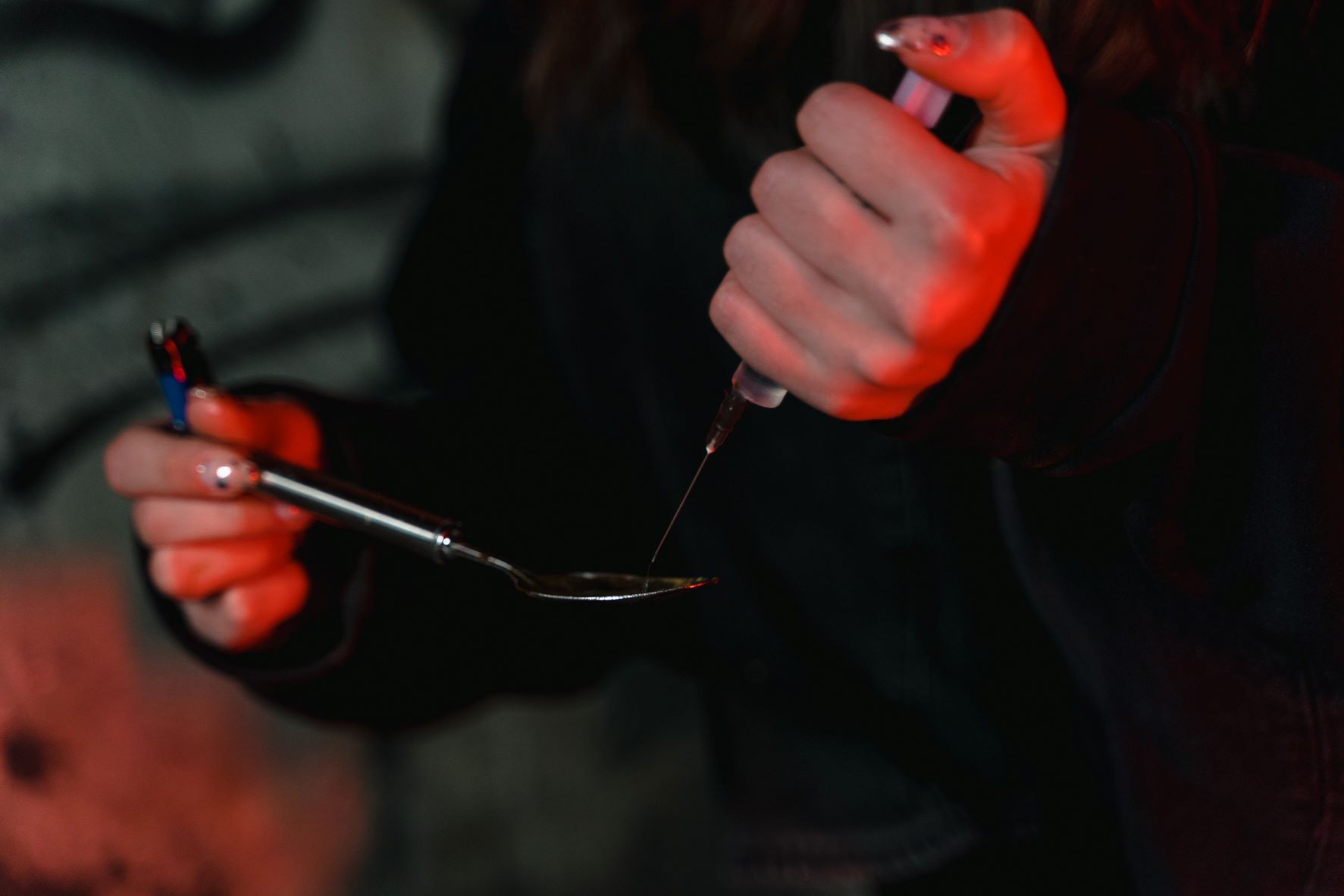 British Columbia’s drug scene can only be described as “madness”.
British Columbia’s drug scene can only be described as “madness”.
This madness is based on the federal Liberal Minister of Mental Health and Addiction, Carolyn Bennett’s, announcement in May 2022, that effective January 1, 2023, a three year experimental program on drugs will be put in place in BC. This program permits 2.5 grams of substances, such as heroin, cocaine, methamphetamine, and ecstasy, be allowed for personal use. Under this plan, an addict will not be arrested, charged, or have his or her drugs seized. According to Minister Bennett, “we are doing this to save lives, to give people using drugs their dignity and choices”. The BC government, in its press release on January 30, 2023, stated that this new program will end the “shame and stigma” that prevents people with substance-use challenges (usually referred to as drug addicts) from reaching out for life-saving help.
Both the BC government and Minister Bennett are delusional. No drug addict in the world worries about what people think. They are focused on getting high and don’t want treatment because they want the drugs and don’t want to stop using them. They have no concerns whatever about “stigma” or “shame”.
Unfortunately, neither Bennett nor the BC government was aware of the situation in the US state of Oregon, which has the most “progressive” drug law in the country. In 2021, Oregon permitted the possession of drugs with only a penalty of a maximum $100 fine. The result: drug overdose deaths increased and drug addicts were admitted to hospital emergency rooms in large numbers. Decriminalization did not stop illegal drug use, but encouraged it.
Law Enforcement as Critical
Law enforcement has a critical role to play in combating illegal drug use.
- Decriminalization does not stop black market operations. Instead, it encourages the growth of the black market since decriminalization provides for and increases a reliable customer base for drugs.
- It is the threat of arrest and imprisonment that encourages addicts to obtain treatment. This is due to the fact that the police threat pushes the addict towards treatment and recovery to avoid legal penalties that result from illegal drug use. Drug courts and diversion programs also provide a pathway for treatment, but the drug users are unlikely to take this path without the threat of punishment hovering over them. The possibility of an arrest means, in fact, “rescue” for many drug addicts.
Evidence of the Failure of Decriminalization
The decriminalization of marijuana by the Trudeau government in 2018 is clear evidence of the failure of decriminalization. Statistics Canada in April 21, 2021 reported that marijuana use in 2020 had increased to 20% from 14% prior to legalization. Decriminalization merely increased the public’s use of drugs.
Another problem arising from decriminalization was described by the Department of Public Safety on January 27, 2023. It issued a report stating that there has been a significant increase in the prevalence of drug use in traffic accidents. According to this report, in 2009, just over 1,400 individuals were driving under the influence of drugs, but in 2021 this increased to 7,400.
“Safe Supply” of Drugs Policy
The problems that are being created by the decriminalization of drugs in BC have been further increased by the Liberal government’s policy to provide addicts with a free, “safe supply” of drugs. This policy means that drugs are distributed into the broader population and communities. Flooding communities with drugs only increases their use. Additionally, free drugs allow addicts to sell or divert the drugs for cash, which enables them to purchase the deadly and often fatal drug, fentanyl, which is 50 times more potent than heroin and, therefore, more desirable to addicts.
Provinces Jump on the Bandwagon
Since the federal government is providing funding for “safe supply” drug programs, in the absence of any other options, the provinces are grabbing this money and stepping onto the free supply bandwagon. What manner of madness is this? Only Alberta seems to have kept its head and is determinedly establishing more treatment and recovery centres. This has resulted in a decrease in drug overdose deaths. It’s not a miracle, it’s just common sense.
